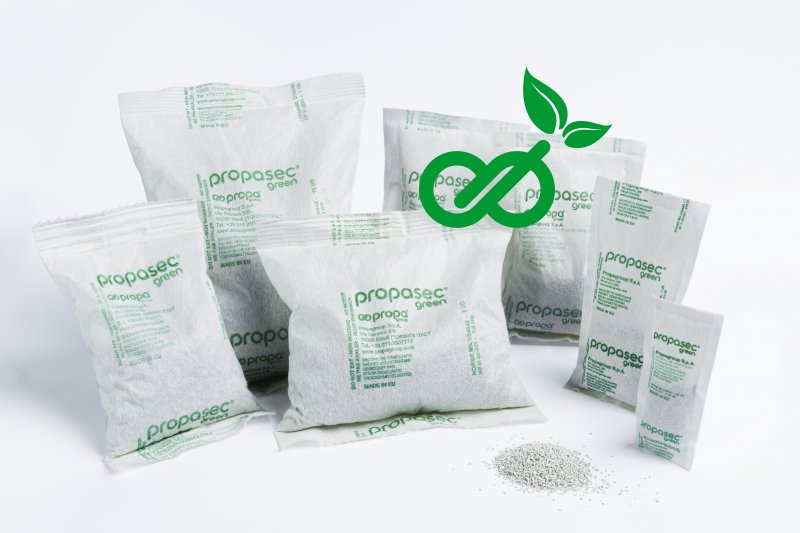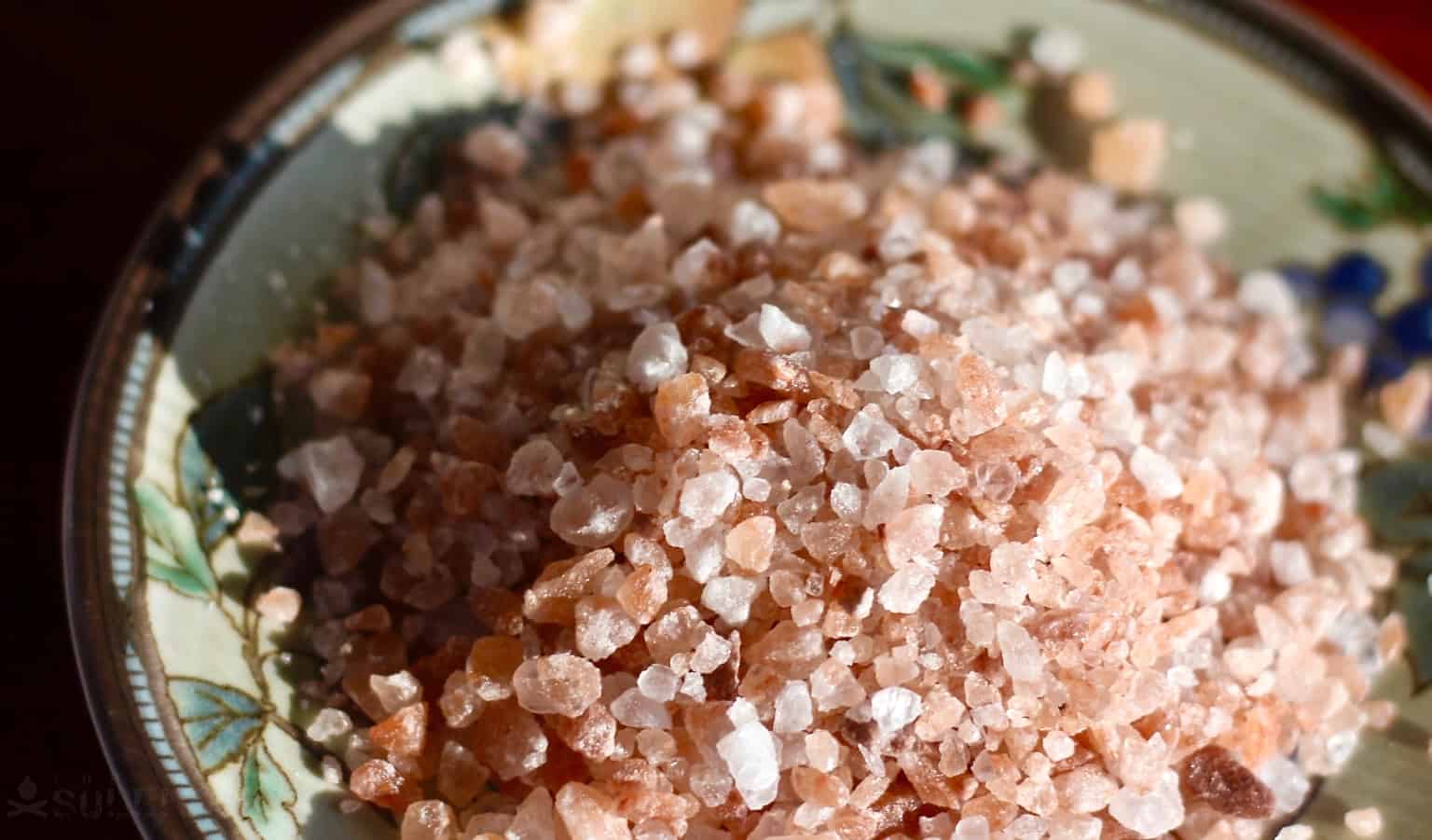When you open a new pair of shoes or a package of electronics, you’re likely to encounter those tiny packets filled with silica gel.
While they’re great at keeping moisture at bay, have you ever wondered if silica gel is as environmentally friendly as it is functional?
In this article, we’ll peel back the curtain on silica gel’s environmental impact, exploring its production, disposal, and role in sustainable packaging solutions to help you make informed choices for a greener future.
Is Silica Gel Environmentally Friendly?

Silica gel is generally considered environmentally friendly if used and disposed of properly.
However, some products made from silica gel like crystal cat litter are not eco-friendly.
While silica gel itself is non-toxic and biodegradable, the packets containing it may have materials that do not break down.
It’s important to reuse or recycle silica gel rather than sending it to landfills.
Key Points
- Silica gel is made from silicon dioxide which does not biodegrade
- Silica gel should be reused or recycled, not sent to landfills
- Some products like crystal litter made from silica gel are not eco-friendly
Our Opinion
In our opinion, silica gel is generally environmentally friendly as long as it is disposed of properly.
While silica gel itself is safe, products containing it may not be.
We recommend reusing silica gel packets when possible, and recycling them through programs like TerraCycle when reuse is not an option.
Putting silica gel in the trash where it ends up in landfills should be avoided.
Overall, silica gel is a sustainable product if handled responsibly after use.
Is Silica Gel Biodegradable?

Silica gel is often perceived as an environmentally friendly product, but the reality is more nuanced. Here are some key points on the biodegradability and environmental impact of silica gel:
- Silica gel itself is made from silicon dioxide, a naturally occurring mineral. The silica gel beads are not biodegradable as they do not break down.
- However, silica gel is chemically inert and non-toxic. When disposed of properly, it does not pose significant harm to the environment.
- The packets and pouches containing silica gel may have plastic components that are not biodegradable. These should not be littered.
- If silica gel enters waterways or landfills, it can absorb moisture needed by plants and organisms. Proper disposal is important.
- Crystal cat litter made from silica gel can be problematic if ingested by pets. Safer litter alternatives are recommended.
- Overall, responsible use and disposal means silica gel can be an eco-friendly desiccant. But its environmental impact depends on how it is managed.
While silica gel itself is non-toxic, factors like the packaging it comes in, disposal methods, and potential overuse determine its sustainability. With proper precautions, silica gel can be a safe choice compared to less green options like plastic microbeads.
Alternatives to Silica Gel

There are some eco-friendly alternatives to consider if you want to avoid silica gel entirely:
- Natural desiccants like clay, starch, wood pulp, or even rice can absorb moisture without chemicals.
- Reusable containers with moisture-absorbing liners are sustainable and cut waste.
- Oxygen absorbers made of iron powder help prevent oxidation without silica.
- DIY reusable desiccants can be made at home from renewable ingredients.
- Moisture indicator cards let you monitor humidity levels to avoid overuse of desiccants.
- Vacuum sealing and proper food storage techniques prevent excess moisture buildup.
While silica gel is an effective desiccant, eco-conscious consumers can reduce their environmental footprint with reusable, compostable, or DIY options. Proper moisture control through packaging innovations and food storage best practices is another sustainable route.
With some creativity, small changes can make a difference in decreasing reliance on single-use desiccants. Evaluate your real moisture control needs, and explore ways to be kinder to the planet.
Impact of Silica Gel on the Environment
While silica gel itself is non-toxic, the environmental impact of its production and disposal is concerning. Silica gel is made from silicon dioxide, a naturally occurring mineral. However, the manufacturing process requires a lot of energy and chemical processing.
Most silica gel packets end up in landfills as single-use plastics. This contributes to plastic pollution and greenhouse gas emissions from decomposition. The packets can also be mistaken for food, posing a choking hazard to wildlife and pets.
Loose silica gel beads are especially problematic. The fine dust can be inhaled, irritating the respiratory tract. The beads resemble candy or fish eggs, so birds and marine life often eat them. Ingesting silica gel leads to intestinal blockages, dehydration, and potentially death.
Consumers seeking eco-friendly moisture control should look for reusable and compostable alternatives. Proper disposal of silica gel packets is also important to keep them out of the environment. While not acutely toxic, the manufacturing and waste impacts of silica gel make it less than ideal for sustainability.
With some mindful sourcing and disposal choices, the hazards of silica gel can be minimized. But completely avoiding single-use plastics is the best way to reduce its environmental footprint.
Is Silica Gel Sustainable?
When produced and disposed of responsibly, silica gel can be an eco-friendly product. However, there are concerns about its sustainability.
Silica gel is derived from sand, an abundant natural resource. It’s non-toxic to humans and pets. The silica itself readily breaks down in the environment.
However, the energy-intensive manufacturing process has a large carbon footprint. Most silica gel desiccant packets end up in landfills as plastic waste.
Loose silica gel beads are especially problematic. The fine dust is a respiratory irritant if inhaled. The beads resemble food and are often ingested by wildlife, causing harm.
Consumers seeking a sustainable alternative can look for reusable silica gel products. Compostable plant-based desiccants are also available. Proper disposal keeps silica gel out of ecosystems.
While not inherently toxic, silica gel raises sustainability concerns. Conscientious sourcing, use, and disposal can reduce its environmental impact. However, avoiding single-use plastics is the best way to increase its eco-friendliness.
Are There Eco-Friendly Desiccants?
Yes, there are more sustainable alternatives to silica gel desiccants.
Some companies now offer reusable silica gel products. The crystals can be regenerated in the oven to remove moisture. This reduces waste compared to single-use packets.
Biodegradable desiccants made from natural materials like clay, wood pulp, or starch are available. These break down completely in the environment.
Renewable plant-based desiccants like diatomaceous earth and zeolites are gaining popularity. Their absorption power comes from fossilized algae and volcanic rock.
Corncob litter and cellulose are compostable options safe for pets. However, their moisture absorption is lower than silica gel.
Consumers seeking an eco-friendly desiccant should evaluate claims carefully. Reusability and compostability are signs of sustainability. But performance factors like shelf life and humidity control also matter.
With some research, sustainable moisture absorbers can be found. However, reducing waste through reusable products is the greenest option.
FAQ
How Long Does It Take for Silica Gel to Biodegrade?
Silica gel is not biodegradable because it is made from silicon dioxide, a mineral that does not break down in the environment.
What Is an Eco-Friendly Alternative to Silica Gel?
Crystal litter made from silica gel is not environmentally friendly. Eco-sustainable desiccants like oxygen absorber packets are better alternatives.
Should I Throw Away Silica Gel?
Silica gel should not end up in landfills. It’s important to dispose of it properly by reusing or recycling it.
Is Silica Gel a Pollutant?
Silica gel itself is generally not a pollutant and is non-toxic. However, the packets containing silica gel may have materials that do not biodegrade.
Conclusion
Silica gel is generally environmentally friendly when used and disposed of properly. However, crystal litter made from silica gel is not eco-friendly. While silica gel is biodegradable and non-toxic, the packets containing it may contain non-biodegradable materials. It’s important to prevent silica gel from ending up in landfills by reusing or recycling it.
